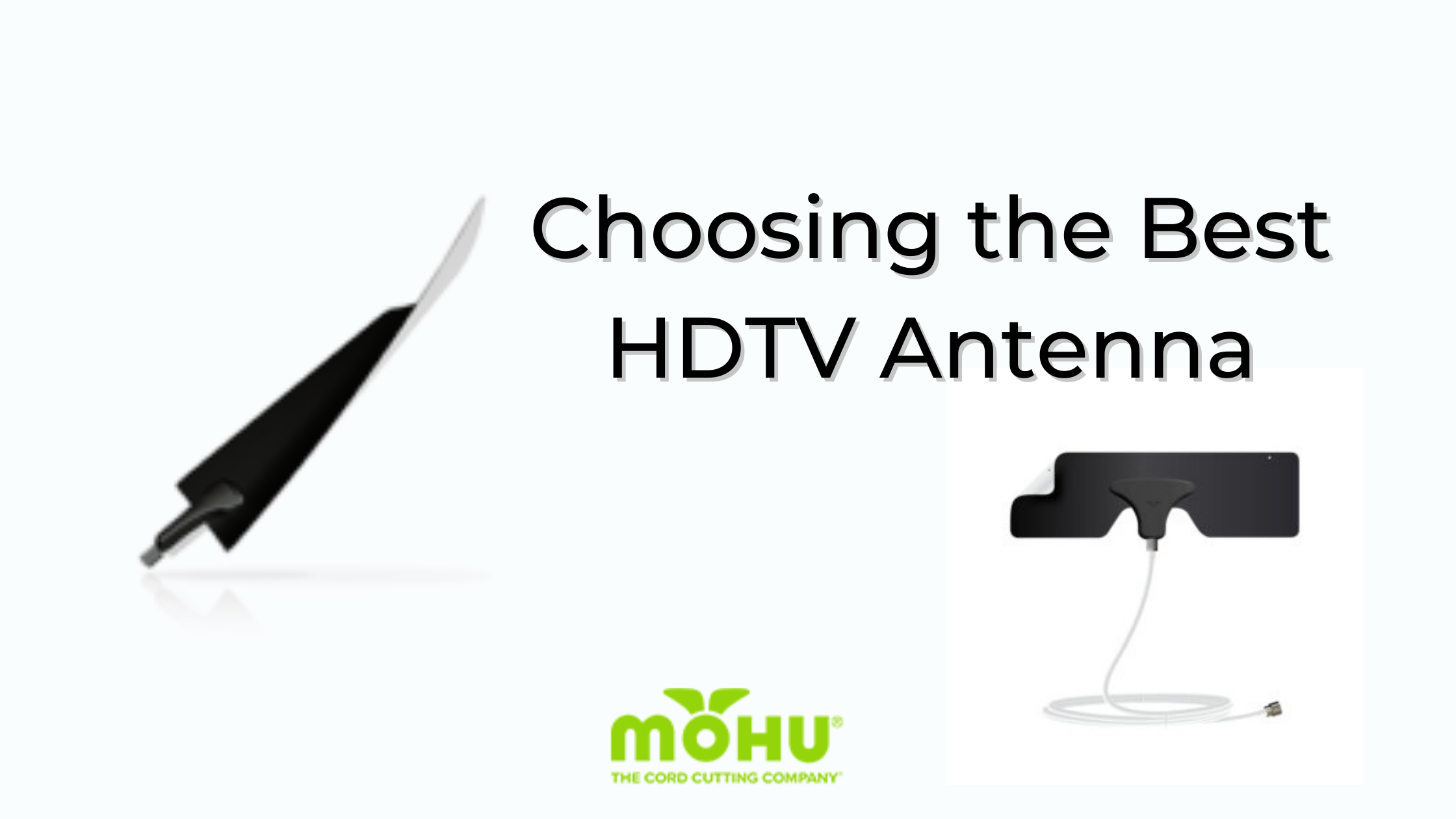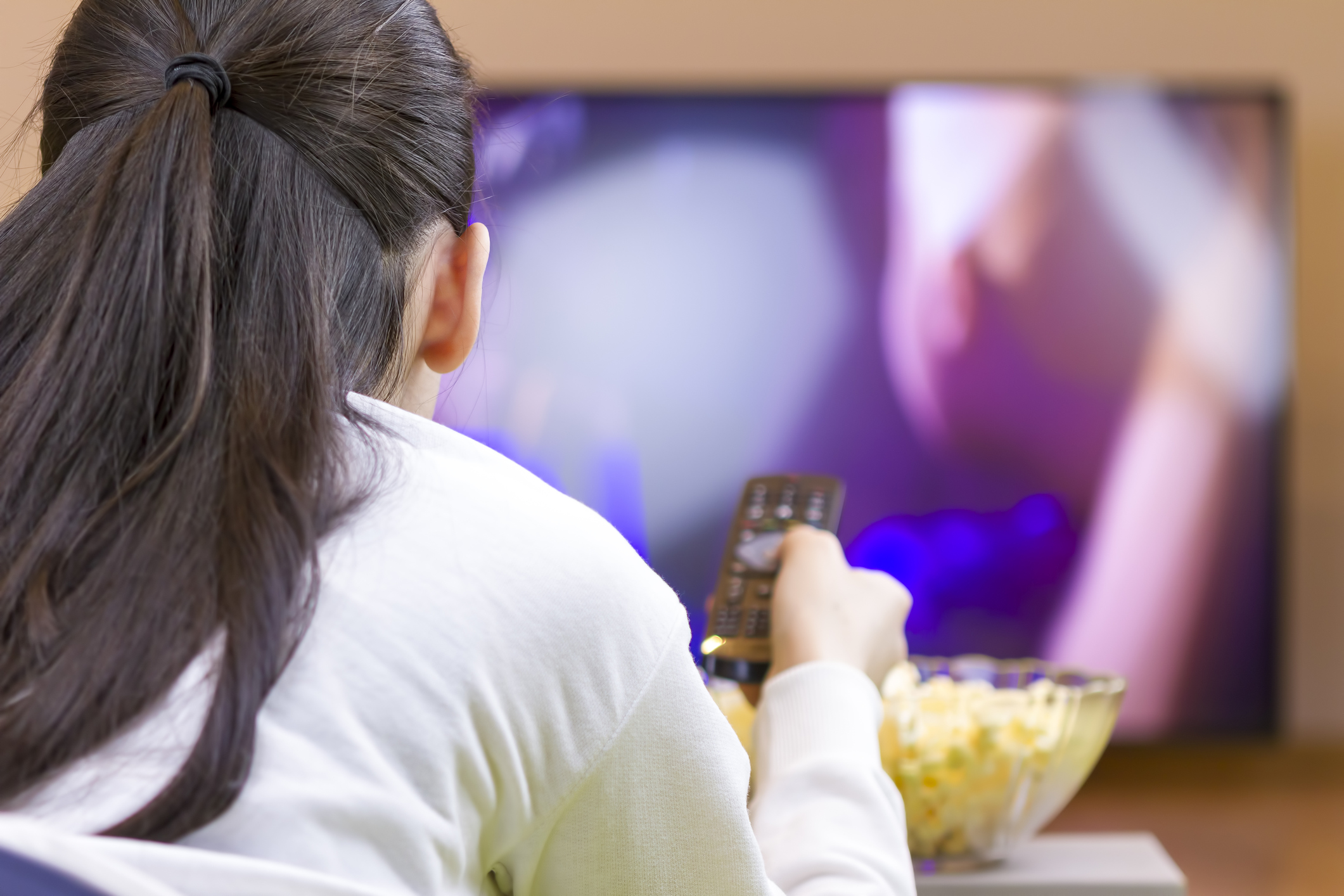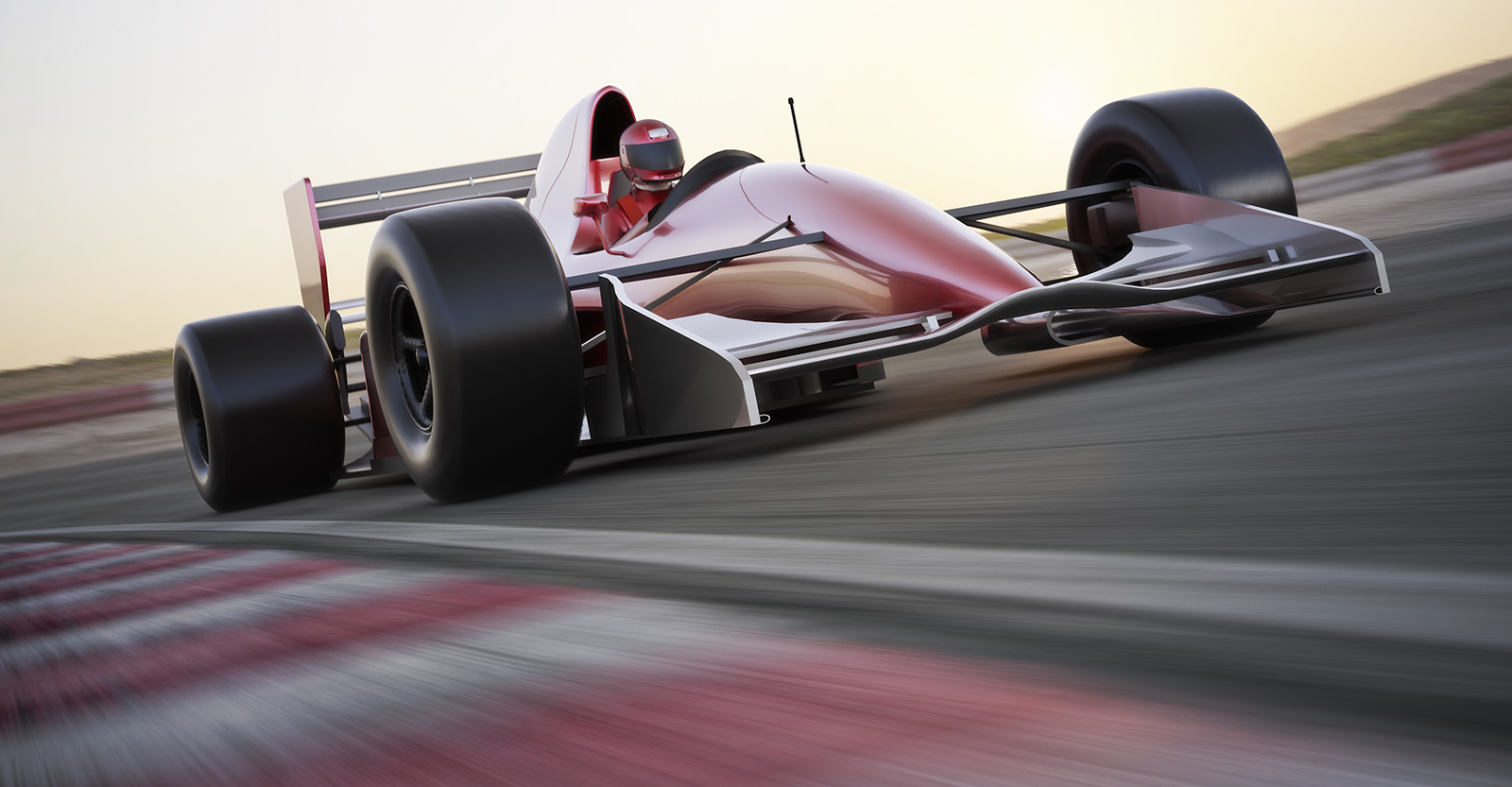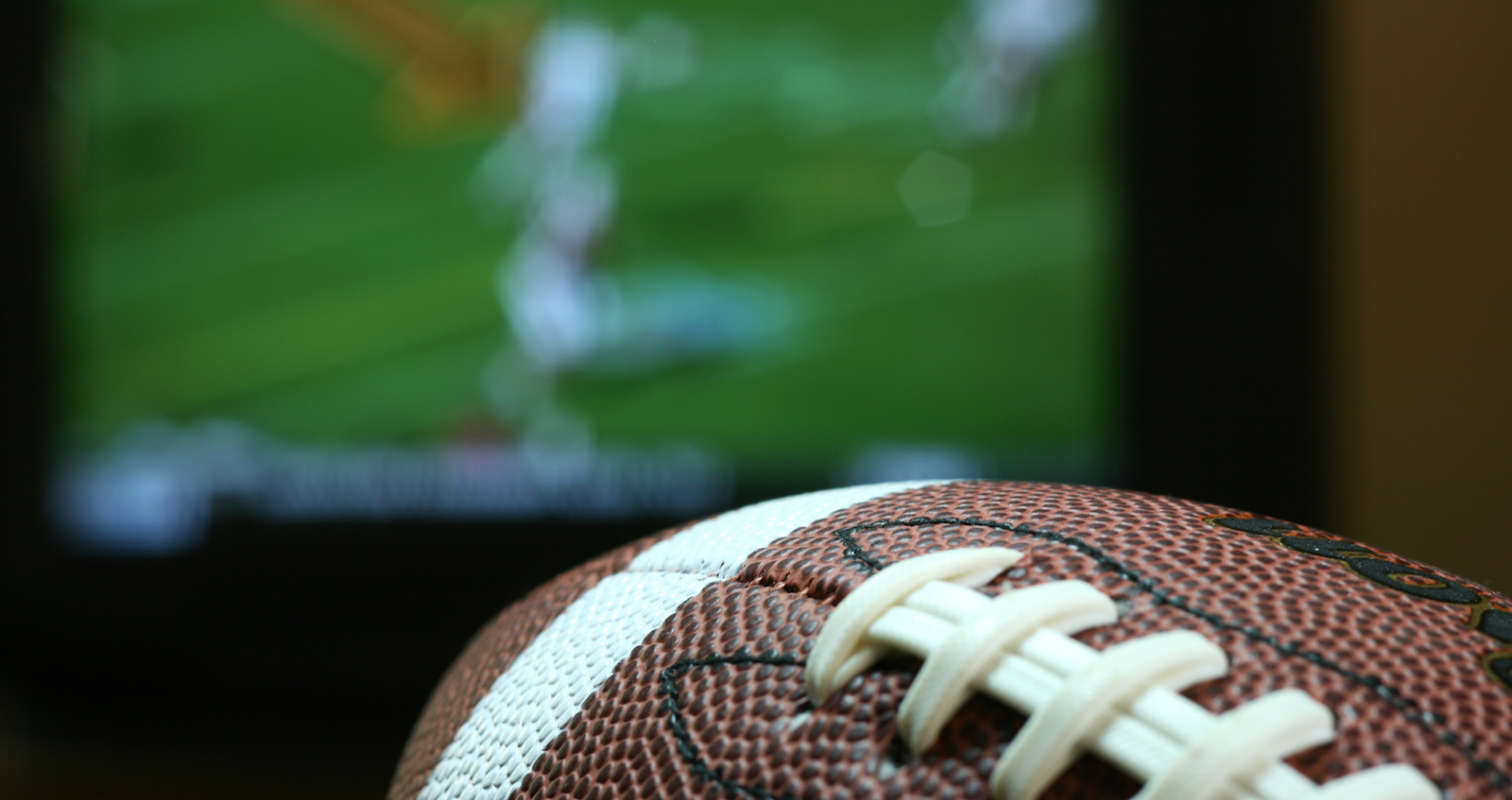At Mohu, we know we sell the best HDTV antennas on the market. The Mohu Leaf was first paper thin antenna and is still one of the best selling HDTV antennas on Amazon. It comes in two versions, the Mohu Leaf and the Mohu Leaf Ultimate which has with an amplifier (more on that later). For a more stylish look, we recently developed the Mohu Curve 30, and Mohu Curve 50 which have the same great features as the Mohu Leaf, but have a more stylish look and feel.
Before you buy an antenna,check out our TV for Free tool. Simply input your address and zip code and the tool will help you determine the best antenna for your location.
Getting Quality Reception
There are several issues that will affect reception and we can break them down into physical considerations and technical considerations.
Physical considerations are:
- Distance and direction from TV transmitters to antenna
- Transmitter power and tower height
- Terrain and size/location of buildings and trees between tower and antenna
- Size and type of antenna, and the antenna’s height above ground level and direction.
Technical considerations are:
- Bandwith
- Direction
- Antenna type
- Amplification
- Distance
Looking at the lists, there are several things such as bandwidth, transmitter power and height, and terrain that the consumer has no control over. But, the good news is there are several areas where the right antenna provides a good work-around solution. Bandwidth is just a fancy way of knowing whether a TV channel broadcasting on VHF (2-13) or UHF (14+). After the TV stations went digital in 2009, most stations migrated to UHF, which has a stronger signal. If your local stations are still broadcasting on VHF, then you will most likely need an amplifier because VHF signals can only reach about 20 miles.
Amplification–a Mohu Leaf or a Mohu Curve can receive signals from about 30 miles away. If your TV towers are between 30 and 50 miles away, then you can upgrade to a Mohu Leaf 50 or a Mohu Curve 50, which comes with an amplifier and allows you to receive TV signals from about 50 miles away.
Direction–All Mohu antennas are omnidirectional, which means they can receive signals from all directions. This comes in handy because not all TV towers are located in one spot. For example, in Raleigh, NC, where Mohu is based, the TV towers are southeast, southwest and west of downtown. An omnidirectional antenna can receive signals from all those towers. Find the optimal place for the antenna, run a channel scan and you’re done.
Distance and height–these two are connected. The farther you are from the TV towers, the more likely you will need an amplifier (see amplification above). If you are more than 50 miles from a TV tower, consider buying a Mohu Sky which is mounted in the attic or on your roof and is more powerful than a Leaf or Curve. In general, outdoor antennas like the Sky perform better due to their higher placement for improved line of sight to a tower. If you already have a Leaf or Curve try to place it as high as reasonably possible. The Leaf can hang high on a wall near your TV and the Curve can be placed on a bookshelf.
Terrain–this is the final issue and the trickiest one to deal with. Trees and the contours of the land near your house can affect TV signals. And unfortunately, there’s not a whole lot you can do about these things. If you live in a valley, or are surrounded by mountains, you may have trouble receiving over-the-air signals. Again, placing the antenna as high as possible is your easiest and best bet to getting good reception.
If you are considering buying a Mohu antenna, or already own one but have questions, we have an excellent customer support team who can help you choose an antenna or troubleshoot the one you already have. Their hours are 9-5 ET Monday-Friday and they can be reached via email at support@gomohu.com or at 1-855-446-6648. Email is generally your best bet and be sure to include your full address so they can provide you the most accurate information.




